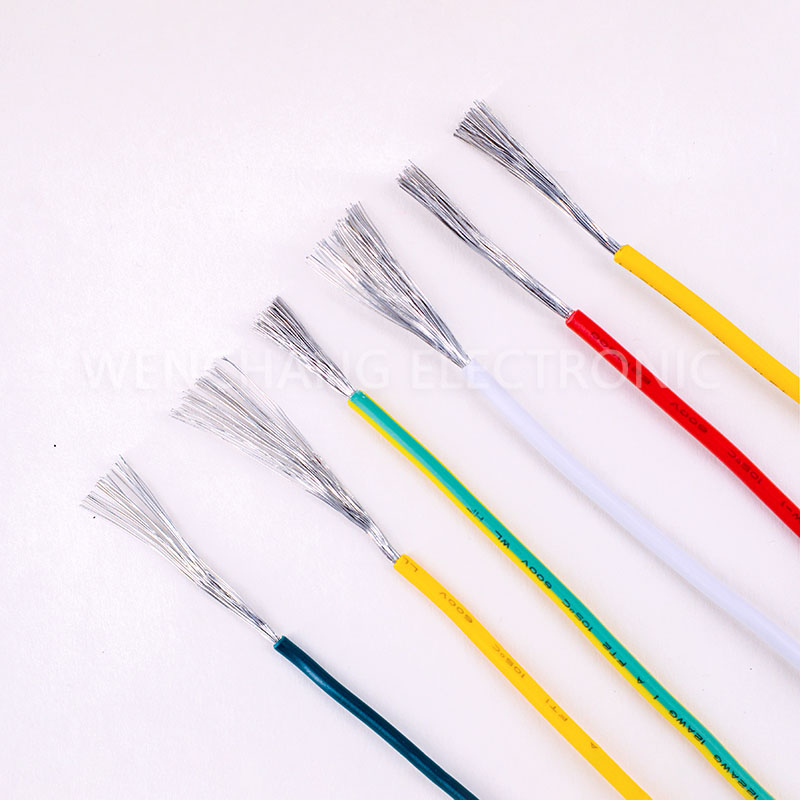1. Check the certification mark.Products that have obtained compulsory certification shall be marked with the certification mark, namely “CCC” mark, otherwise, they shall be regarded as unlicensed products.
2. Look at the inspection report. Wires and cables, as products that affect the safety of human life and property, have been listed as the focus of government supervision and inspection.Therefore, the seller should be able to provide a quality control department inspection report, otherwise, the quality of the product is lack of basis.
3. Test insulation and sheath.Insulation and sheath thickness should be uniform without deviation, feel should be obvious tension and elongation.At the same time, the insulation and sheath surface should have the manufacturer’s name, product model continuous printing mark, mark interval: insulation not more than 200mm, sheath not more than 500mm.
4. Observe the cable body finish and color.The copper conductor of wire and cable is plated or non-plated annealed copper wire, while the aluminum conductor is aluminum or aluminum alloy wire with smooth surface. The copper conductor is light purple colored, while the aluminum conductor is silver-white.
5. Measure DC resistance.In order to ensure the quality of the purchased wires and cables are qualified, you can first cut 3 ~ 5 meters from the intended products to the inspection organization for DC resistance measurement.
6. Measure the length.The national standard clearly stipulates the delivery length of wires and cables, the coil length shall be 100m, and the disc length shall be greater than 100m. Consumers can measure the coil length according to the label length. The standard stipulates that the length error shall not exceed 0.5% of the total length.
Post time: Jan-17-2020




